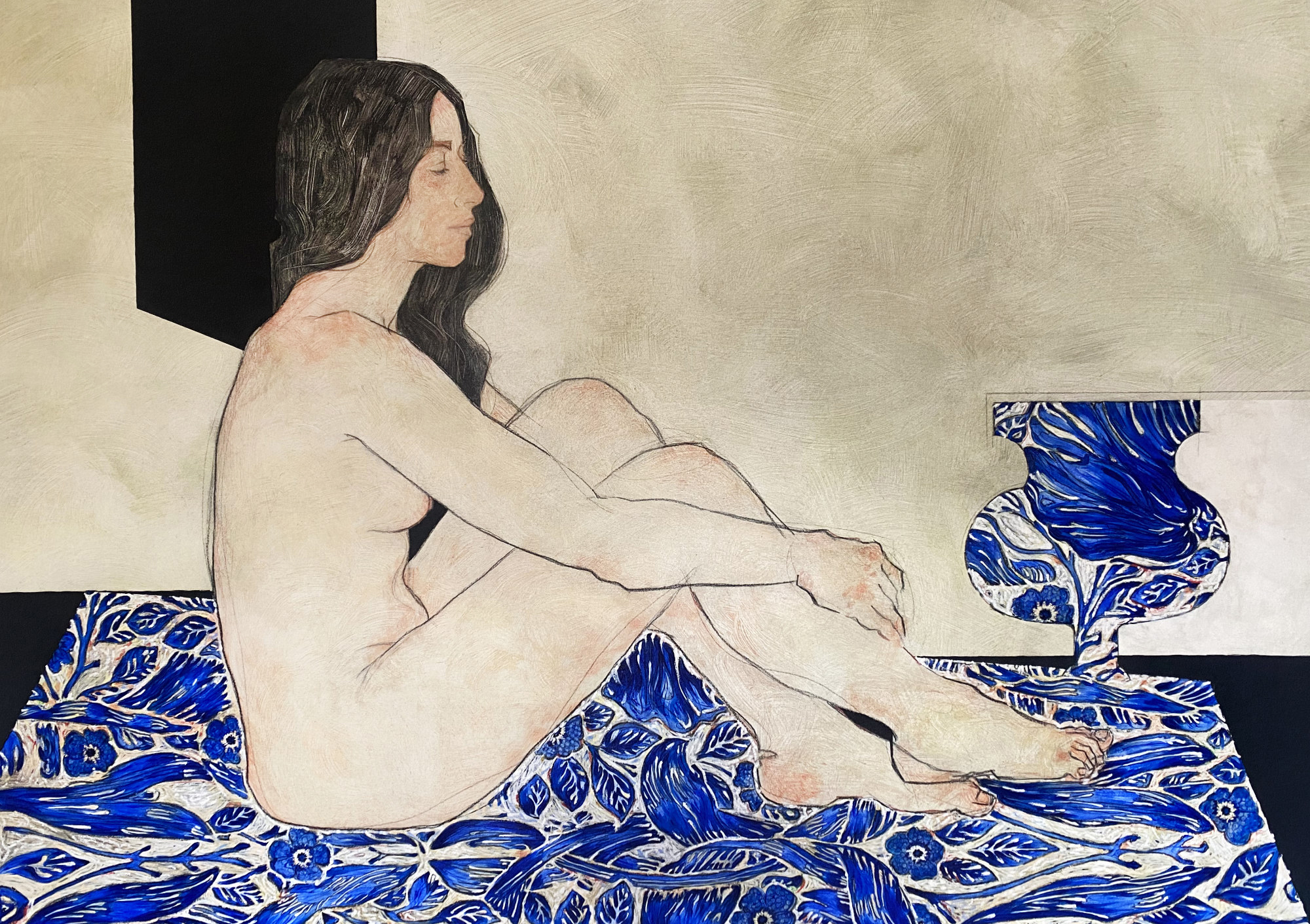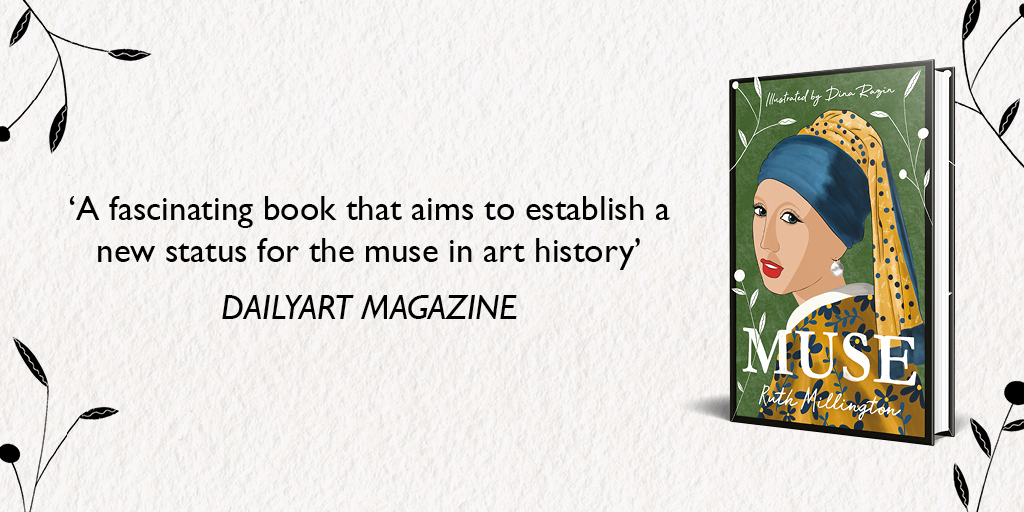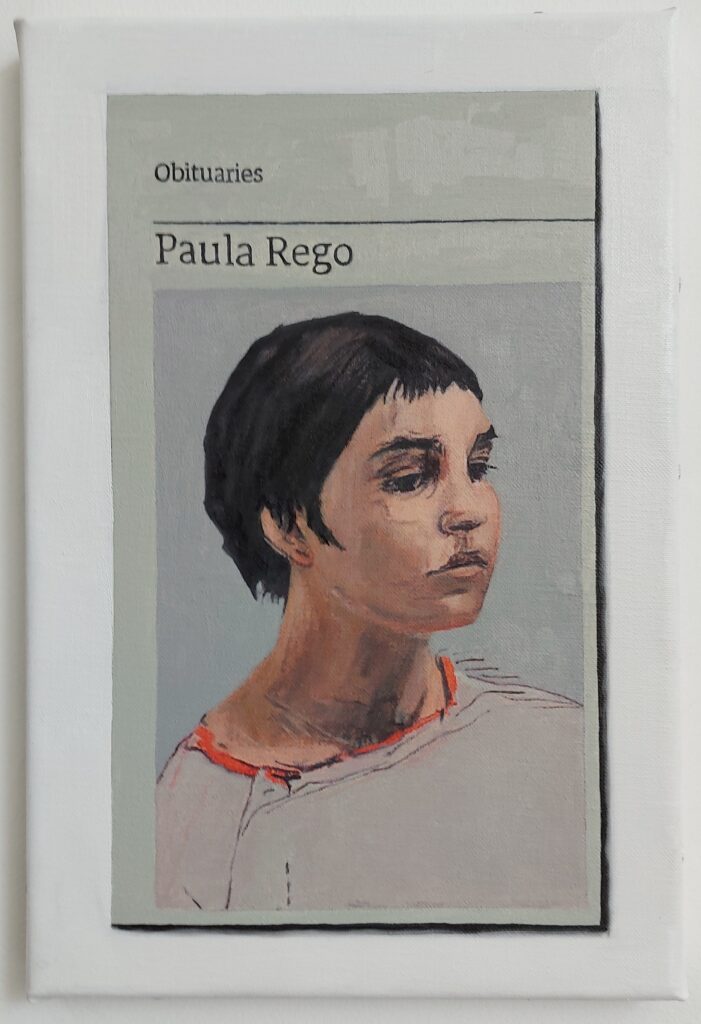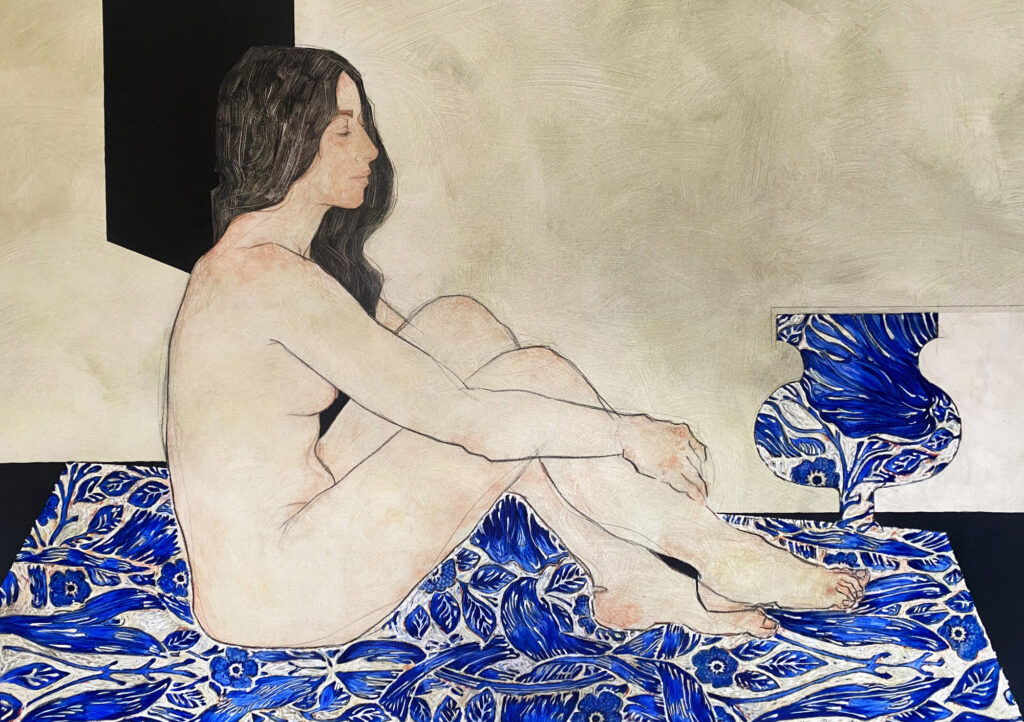
Meet 11 artists making powerful contemporary art about motherhood…
Where would art history be without mothers? Many a great male artist’s wife or female partner has taken on the responsibility of childcare, thus allowing them the time and space to work without interruption. Mothers have also been the inspiring muse of painters, sculptors and photographers, from Édouard Vuillard to James Whistler. Yet, at the same time, the art world has historically discriminated against, and downplayed, the contributions of mothers, many of them artists in their own right. But today, the art world is increasingly celebrating artists mothers and women making contemporary art about motherhood, giving them the recognition they deserve.
Based on their own lived experiences, here are 11 important artists making contemporary art about motherhood, using their inside gaze to redefine art history’s mother and child motif for a modern era. Embracing the complexities and contradictions of parenthood, they are also offering viewers a more authentic and expansive view of motherhood.
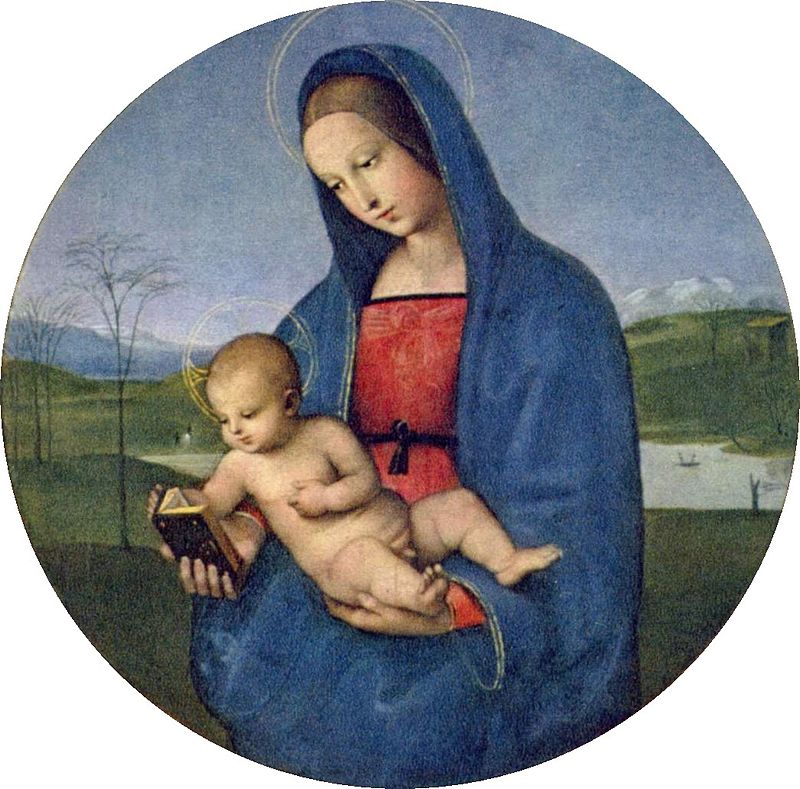
The Mother and Child in art history, past to present
The motif of the mother and child is one of the most enduring in art history. During the Italian Renaissance, artists portrayed the Madonna – both with and without her child – wearing blue, with her head covered, and positioned before an idealised landscape. ‘The Conestabile Madonna’ (c.1502–4), for example, is a small circular painting by Raphael, in which Mary, who has a halo above her head, wears her signature blue hooded cloak and cradles her baby within a green meadow.
It’s not just the Madonna who we find depicted as an expectant mother in sacred terms. Just as the physical signs of the Virgin Mary’s pregnancy are typically hidden beneath long flowing robes, throughout Western art history, portraits of women expecting babies – typically wives painted by their husbands – deliberately conceal their abounding condition beneath loose clothing and distracting folds of fabric, as a means of preventing viewers from conflating pregnancy with sexuality.
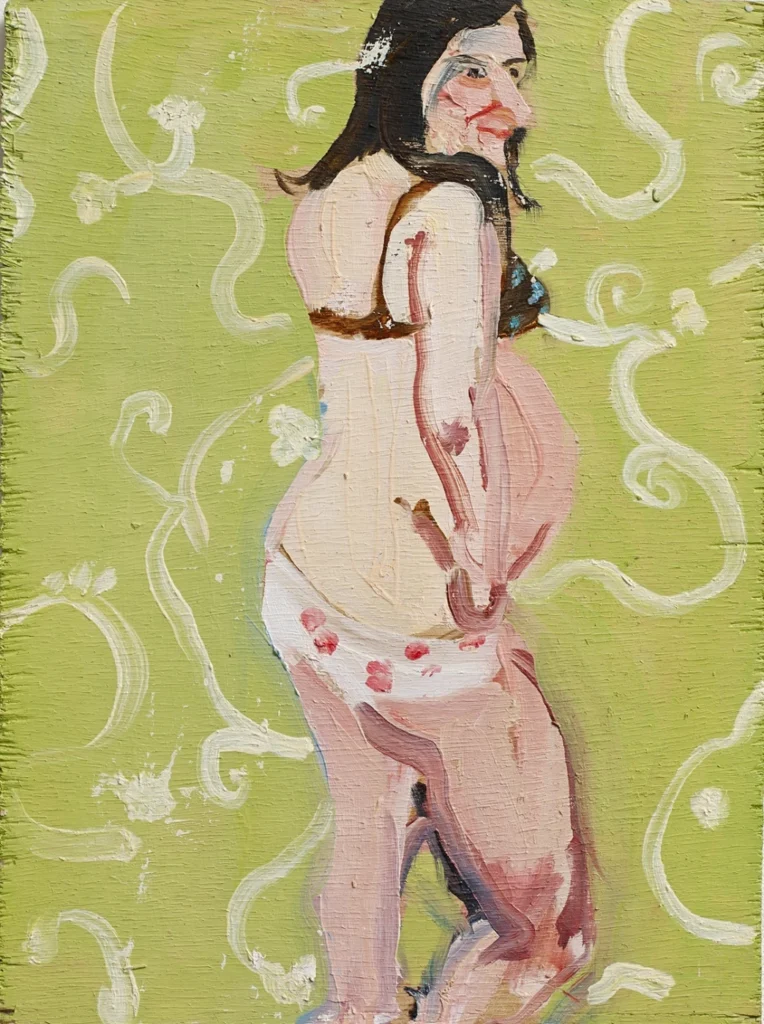
1. Chantal Joffe
A pantheon of contemporary women artists have therefore subverted such portrayals of pregnancy, from a more realistic perspective. When expecting her daughter, American painter Chantal Joffe took herself as her own muse: ‘Being pregnant, it was like, “Wow, how brilliant to paint yourself changing so much.” ’ In the expressively painted canvas, ‘Self-Portrait Pregnant II’ (2004) Joffe, wearing only underwear, stands side on in order to capture the size of her swollen stomach.
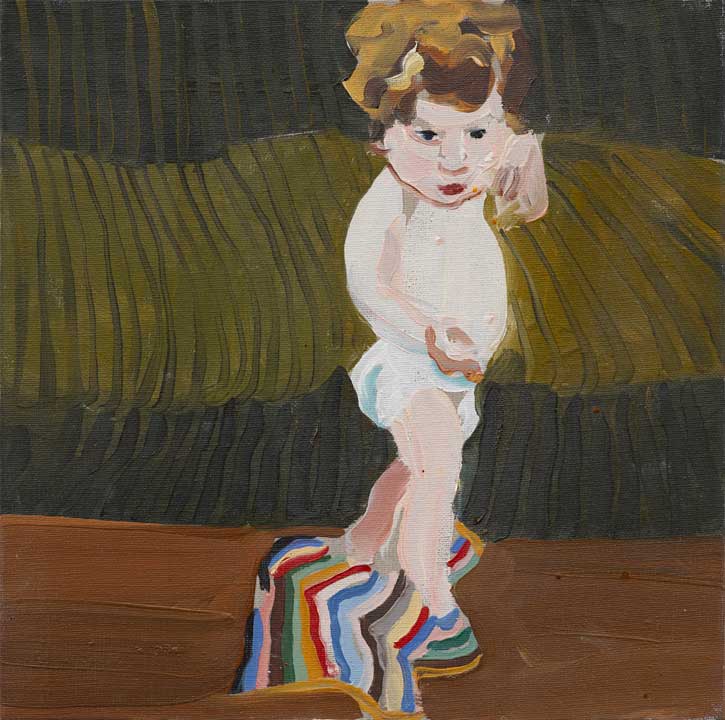
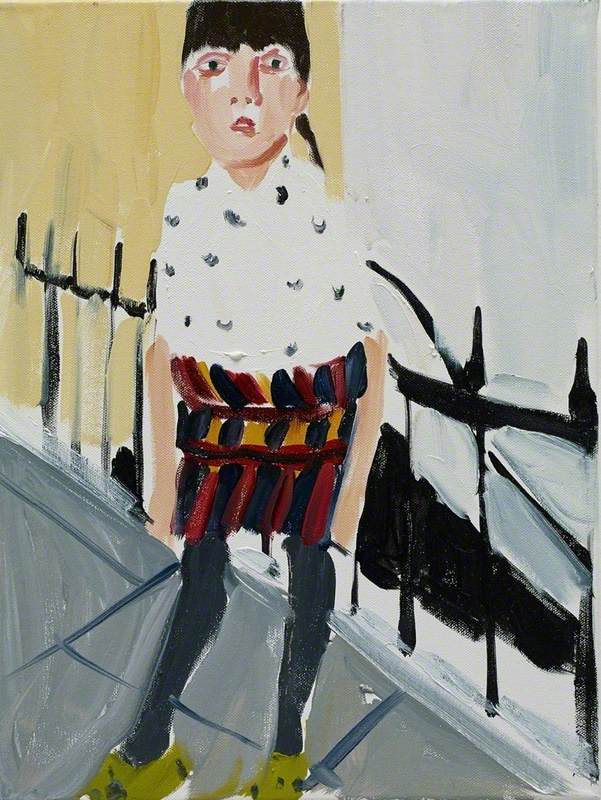
Since 2004, when her daughter, Esme was born, Joffe has taken her as a muse. In ‘Esme with a Striped Blanket’ (2008), the toddler is starting to walk, while in ‘Esme by the Railings; (2014) she stands insouciantly in an urban landscape, as if ready to head to school. There’s an intimacy to these unstaged works, which are indicative of the close emotional connection between Joffe and her daughter. Esme, aged 16, was also the subject of Joffe’s solo show at Bristol’s Arnolfini: ‘For Esme – with Love and Squalor’. The exhibition charts their relationship, including the act of care and being cared for, between mother and daughter.
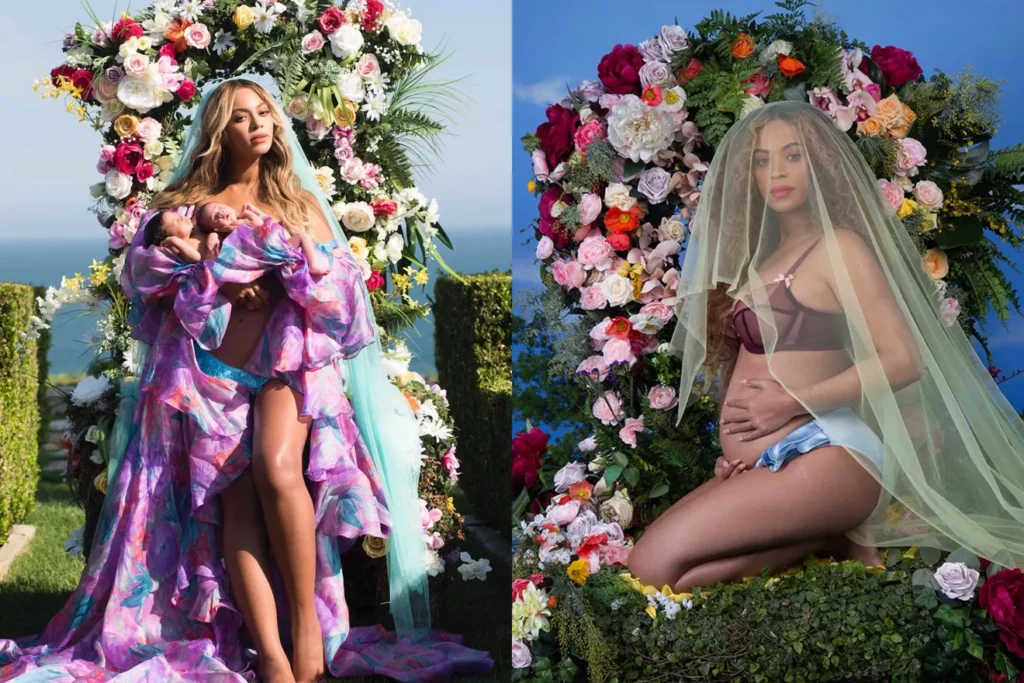
2. Beyoncé and Awol Erizku
The experience of pregnancy was no different for Beyoncé, who told British Vogue in December 2020 just how huge the impact had been on her: “Something cracked open inside of me right after giving birth to my first daughter. From that point on, I truly understood my power, and motherhood has been my biggest inspiration.” To announce her pregnancy with twins, she collaborated with artist Awol Erizku to perform the role of mother muse, without hiding her bump.
Mother as muse in contemporary art
Many other contemporary artists have reflected on motherhood in their art by taking their very own mothers as inspiring muse, without submitting to reductive stereotypes.
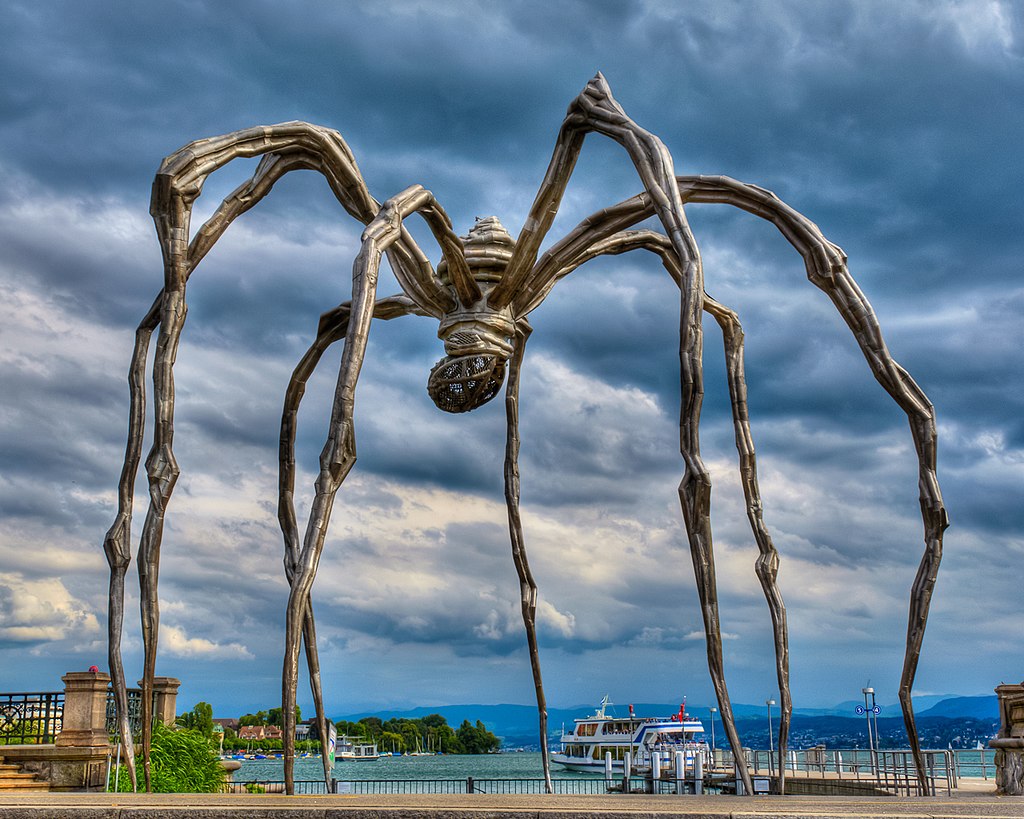
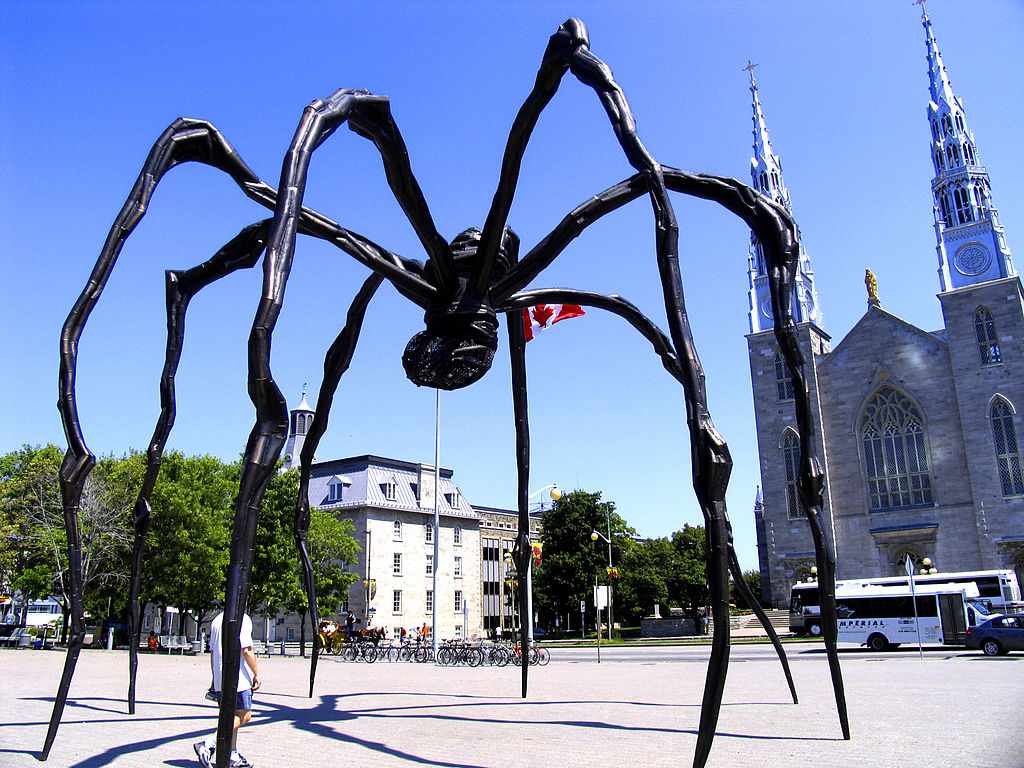
3. Louise Bourgeois
When Tate Modern opened its doors in 1999, it showed a 30-foot high spider, titled ‘Maman’, in its massive Turbine Hall. Louise Bourgeois’ gigantic sculpture was inspired by her mother, Josephine Fauriaux: “Like a spider, my mother was a weaver. My family was in the business of tapestry restoration and my mother was in charge of the workshop. Like spiders, my mother was very clever”. Paying tribute to her origins and mother, she went onto create hundreds of drawings, prints and sculptures of her mother as a spider to emphasise the positive attributes of the creature – as a cunning and creative protectress.
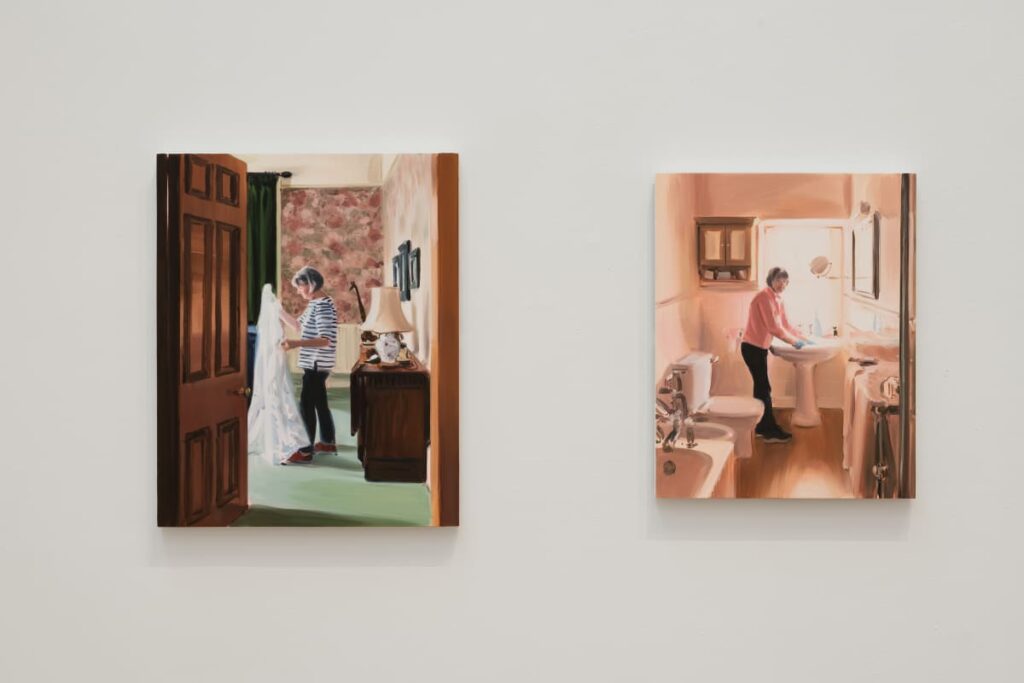
4. Caroline Walker
Caroline Walker paints striking portraits of the unseen female workforce: chambermaids, waitresses, tailors, hairdressers and nail technicians. Her muses – typically viewed on the side-lines by society – take centre-stage. Closer to home, Walker has also taken her own mother, Janet, as the muse for many of her paintings, which have a more informal quality. As the artist has explained, her mother became another model quite naturally:
“When I was working on paintings of women working as housekeeping staff in hotels, I was talking to my mum a lot because she never seems to stop cleaning. My granny was a cleaner, and her mum was a cleaner as well. My mum has never cleaned anyone else’s house, but she is always cleaning her own. I was making paintings of women at work, and my mum was at work too. Although women’s lives have changed a lot, they are still doing this hidden, domestic work. I had a moment where I thought: I’ve been looking everywhere else, but there’s something interesting right here.”
Walker’s paintings of her mother highlight the undervalued and unpaid domestic work of women, which still sustains many families. According to the UN, women carry out at least two and a half times more unpaid household and care work than men. In fact, this labour is hidden behind many of art history’s masterpieces, as the practical help and emotional support of women have frequently allowed male artists to progress their own careers.
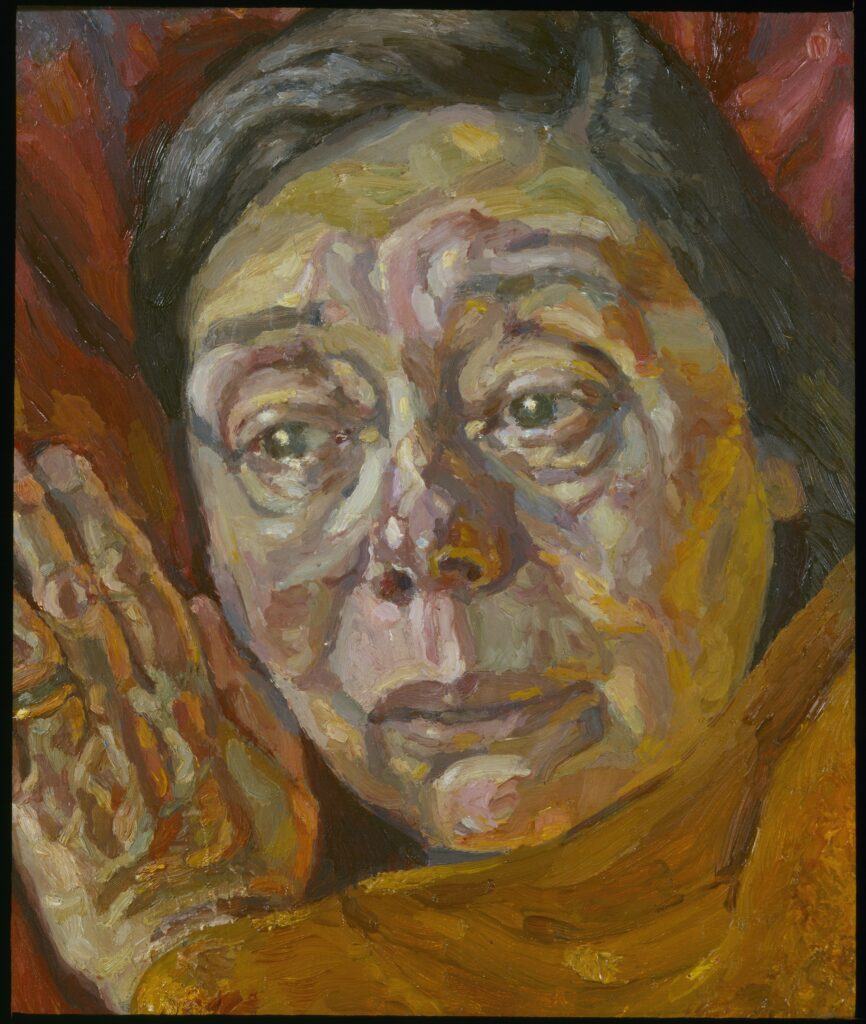
5. Celia Paul
Celia Paul, herself a former muse to Lucian Freud, has made a career out painting portraits of her mother. For 35 years, she painted her mother, whom she describes as her Mont Sainte-Victoire. Just as Cezanne replicated that same landscape, the view from his window, over and over, Paul’s work repeats the contours and shapes of the face that first looked on her. Choosing her mother as her muse is rather interesting. After all, in classical mythology, the Muses sprang from the earth’s creators, the gods Uranus and Gaia, and inspired the creation of art. Muse as creator, and therefore mother, is a nice motif. But when her mother reached her 80s and became too frail to climb the numerous steps to Paul’s London studio, the artist had to search for her next source of inspiration.
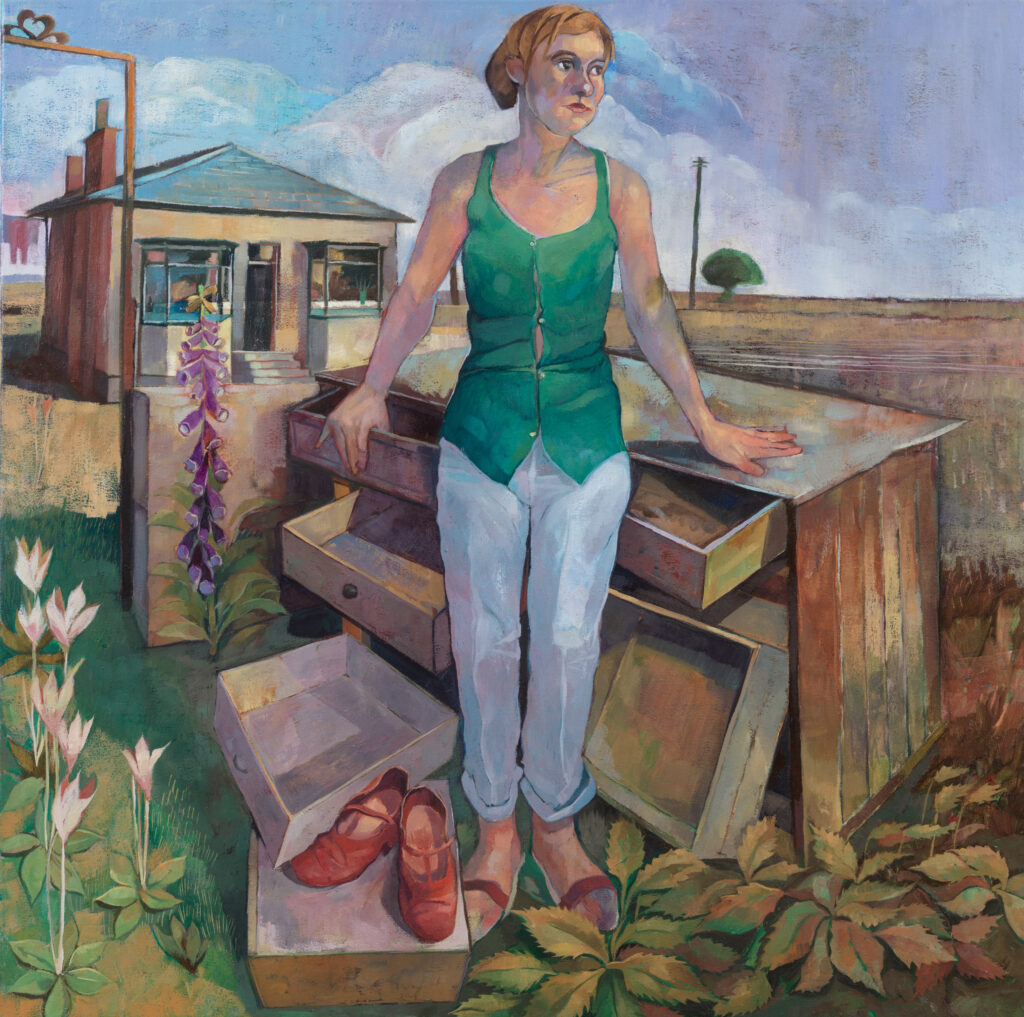
6. Steve des Landes
It’s not just women artists taking their own mothers as muses. Steve des Landes portrays strong female protagonists in enchanting, fairy tale-like narratives. ‘Red Shoes’ was inspired by his mother: “she wanted to be an actress and I remember her putting on makeup at the dressing table, symbolic of a woman’s need to make herself up to play a role. The red shoes hint at times past, the reality after the dancing stops.”
7. Mickalene Thomas
Meanwhile, Mickalene Thomas took her own mother as a muse to heal their fractured relationship. Estranged from her mom, Sandra Bush, for many years, it was as an art student experimenting with photography that Thomas approached her to work on a series of images celebrating Black beauty. Her mom, formerly a drug addict, had now been through rehab and willingly agreed to work with her daughter. Thomas, who always takes a collaborative approach to art-making with her muses, discovered that as fellow-creators, the pair were able to “become more comfortable with ourselves as people and as friends”, explaining that it was “more about the process of making the art than the actual end product.”
Then, in 2012 HBO released a twenty-four-minute-long film, ‘Happy Birthday to a Beautiful Woman’, directed by Thomas and starring Bush. Taking the form of a documentary, it features the artist, who remains off-camera, posing a series of personal questions to Bush, which she answers thoughtfully. One of the most poignant moments comes when Thomas asks her, “Do you have any regrets?”. Bush’s replies frankly: “I regret when I started my drug addiction”, adding that she felt compelled to recover as, “I wanted my life back. I wanted my children back.” In the final moments of the film, Thomas asks her mom: “So what is it like being a muse, a subject of my work?” Bush’s answer confirms the restorative, redemptive and validating power, of becoming her daughter’s muse: “It’s a good feeling, you know to know beyond someone that people will see me and read about me…it’s a great feeling…To really work along with you it makes me feel like I have accomplished something. My daughter, you have made me the momma of the art world”.
Artist mothers reflecting on lived experiences
Many artists mothers have also taken their own children as muses. As art historian and curator Karen Hearn has pointed out, “When female artists become pregnant themselves, very often their work changes radically – it can be a real watershed.” Naturally, women have been inspired by their own offspring, although often complicating overly-tender and romanticised depictions of infants by men that are frequently found in the canon of art history. Many have also looked at themselves and other mothers in a brand new light.
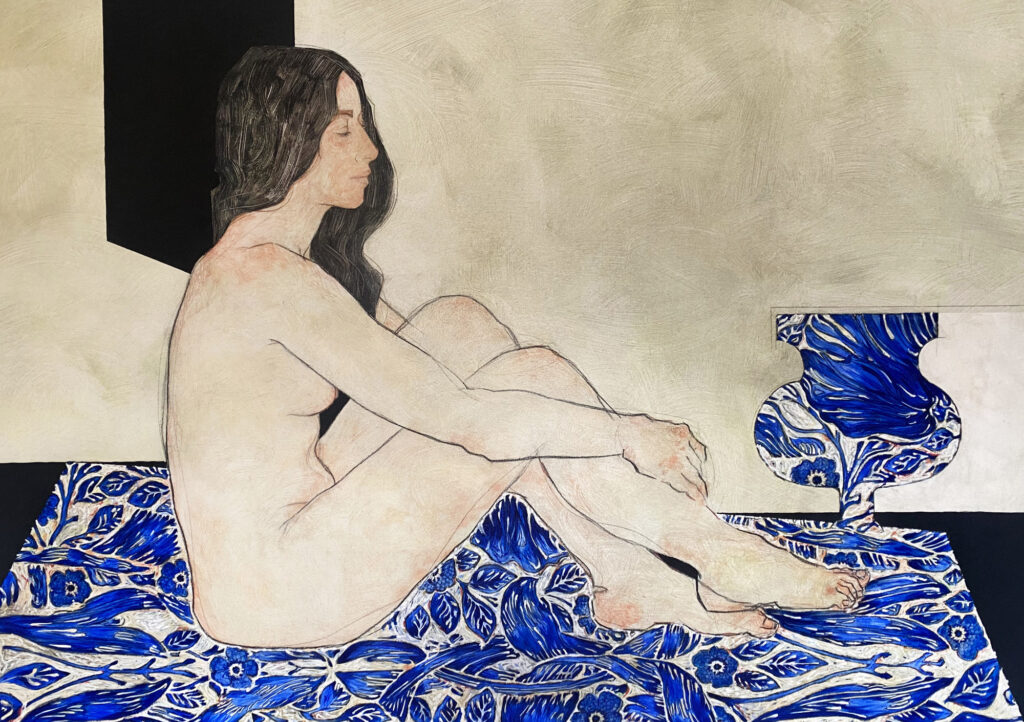
8. Nikoleta Sekulovic
Nikoleta Sekulovic is an artist-mother who has depicted a close circle of friends, all parents, who “chose to collaborate” with her. Subverting the tradition of Odalisque portraiture, she has replaced eroticised female figures of fantasy with “women who have inspirations, ambitions and an inner drive.” Having shed their youthful inhibitions, these women “were models that posed with pride and no pretence. They could be majestic.”
Sekulovic’s self-proclaimed “mission is to portray the modern day mother as a muse. Mums are resilient fighters. They are also a source of inspiration that too often goes unnoticed. We are not in the habit of acknowledging them as such, but they are. Their lives however are usually so packed, especially mothers with small children, that they don’t often have the time to feel like muses. Hence it is unique and empowering to give them this moment, a moment to stand still in time as a muse, eternally on canvas. Not pretending or trying to please anyone, just uniquely themselves.”
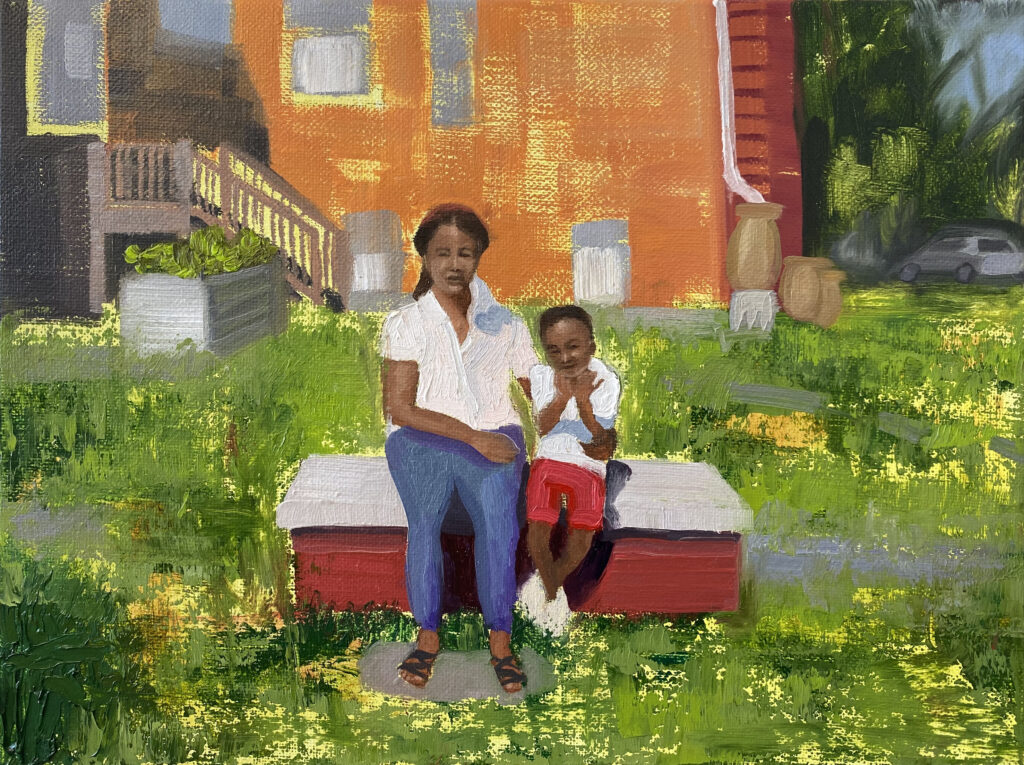
9. Ashley January
Ashley January’s own traumatic pregnancy and the survival of her prematurely-born son informs her unfiltered paintings of Black mothers and children. Centring their experiences, with motifs structured around the rituals of care, she addresses the Black maternal mortality and morbidity crisis in America, where Black women are three to four times more likely to die from pregnancy-related complications than white women. As she explains, her images are meant to “serve as a global call to action for more awareness, research, and the eradication of unnecessary maternal and infant death.”

10. Marlene Dumas
Throughout the 1980s and 1990s, South African artist Marlene Dumas relentlessly explored the theme of childhood in her work, producing paintings of pregnancy scans, newborn babies, toddlers and pre-pubescent teenagers. Rendered in her signature style – using thin washes of paint – these shadowy artworks subvert and challenge the familiar notions of the innocent child, not least in her own daughter, Helena, who was born in 1989. It is Helena, then aged three or four, who is the subject of ‘The Painter (1994) – Dumas worked from a photograph of her messily finger-painting while completely naked in the garden.
From devil-possessed Regan in ‘The Exorcist’ to ‘The Shining’s’ ghostly Grady Twins, there’s something exquisitely terrifying about little girls in horror films. This creepy, sinister mood pervades ‘The Painter’. Stretching to two metres high, the towering canvas features a naked, blonde-haired girl who stands against a pale indeterminable background, staring at the viewer with a sullen expression. The giant toddler’s stomach is a discoloured mottled blue, and her hands are both stained – one red, one blue. Is this paint on her hands, the viewer is left to wonder, or something worse?
With such dark and violent undertones, ‘The Painter’ shows Dumas confronting her own anxieties as a mother: “I think if you bring this new person into the world and you don’t have that fear that they may do bad things, then there must be something wrong with you.” This chilling painting simultaneously carries another of Dumas’s worries: “Since Helena was born, the fear that something can happen to this child has been like nothing I’d ever known before. That fear is definitely very much present in the painting.”
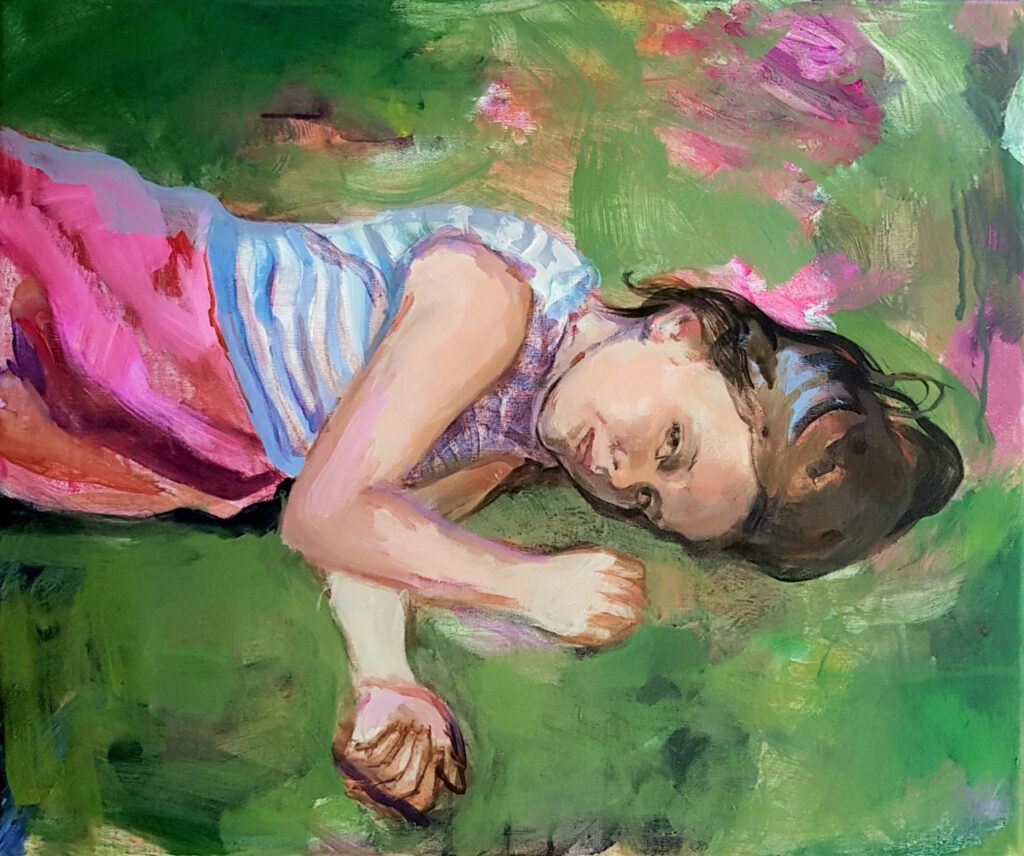
11. Elaine Woo Macgregor
In her complex, coming of age paintings, including the ‘Maman et Muses’ series, Scottish-born Chinese figurative painter Elaine Woo MacGregor reflects on her role as an artist and mother, and the relationship with her children, Carina and Ramona. Her dreamscape paintings, defined by a fragmented storyboard quality combine important fleeting moments of time and memories to capture the psychological intimacy between the artist and her children, which is forever shifting as they grow up.
Speaking about the painting ‘Garden Party’ (2022), she says: “Children don’t stay children forever. It is the feeling of witnessing the ‘coming of age’ happening to your own children. Here my daughter Carina aged 9 is looking at you, there’s a feeling of play and flirtatious femininity. The colourful brushstrokes suggestive of a garden is reminiscent of Impressionist gardens, and lying in the centre is a girl perhaps taking a rest from play? Whilst creating this work, it made me also think of strong female protagonists in films by Wong Kar Wai, Pedro Almodovar and Quentin Tarantino. The young femme fatales – fille fatale.”
